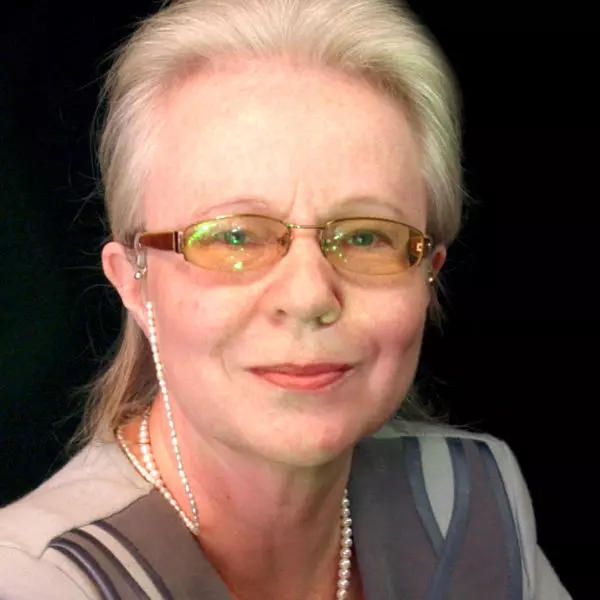Event Details
Long-lived nuclear isomer transitions hold a promise for revolutionizing the quantum metrology: realization of nuclear clocks, chronometric geodesy and gravimetry, compact long-lived nuclear memory, high-resolution coherent forward nuclear spectroscopy, search for time variation of the fundamental constants and dark matter.
The major advantage of nuclear transitions as compared to atomic transitions is a smaller sensitivity to frequency shifts caused by electric and magnetic fields perturbations due to several orders of magnitude smaller size of nuclei compared to the size of atoms. Besides, the Mössbauer effect leads to recoilless absorption for nuclei in a crystal lattice and makes it possible to effectively eliminate thermal-motion broadening. Hence, laser cooling to low temperatures (~100 nK), magnetic traps or optical lattices are not required to observe the super-narrow nuclear resonances (contrary to the case of atomic optical transitions). The nuclei are naturally trapped in a crystal lattice even at room temperature and solid density. The high solid density leads also to an efficient interaction of photons with a dense nuclear ensemble and holds a potential for development of extremely compact devices.
While a majority of the long-lived nuclear isomer states belong to the 50 keV-50 MeV range (and hence can’t be resonantly addressed by the existing sources of coherent radiation), there are several exceptions. The most prominent and widely studied among them is 229Th, which has the lowest transition energy about 8 eV. At the same time, several long-lived nuclear isomers are available with the transition energies below 20 keV which potentially are in the reach of the modern X-ray free-electron lasers. The most promising among them is 45Sc with the transition energy 12.4 keV and the linewidth of 1.4 feV resulting in extremely high nuclear resonance quality factor Q =1019. Besides, 45Sc is a mono-isotope which is commercially available both as a metallic film and a stoichiometric Sc2O3 crystal, where its 12.4 keV transition has a high Lamb-Mössbauer factor fLM = 0.8 at room temperature. All these facts make 45Sc far superior to any other candidate for Mössbauer nuclear clock.
I’ll review the recent progress in resonant excitation of the long-lived 12.4 keV nuclear transition in 45Sc, demonstration of nuclear quantum memory, acoustically-induced transparency and slowing of x-ray photons.
